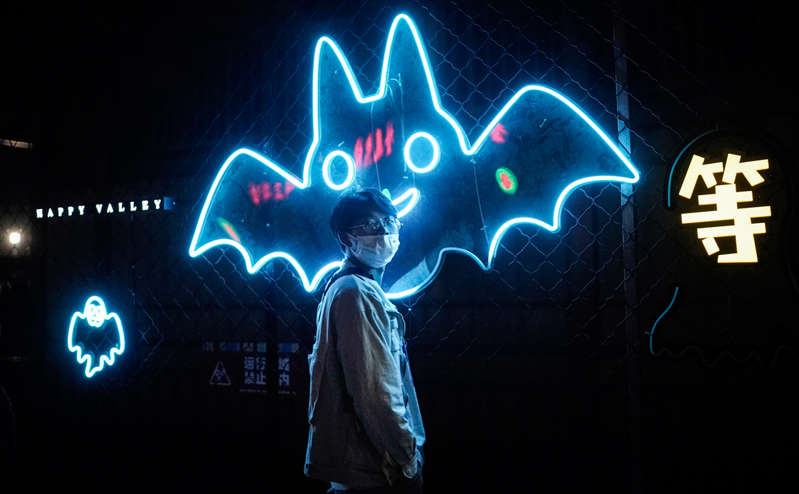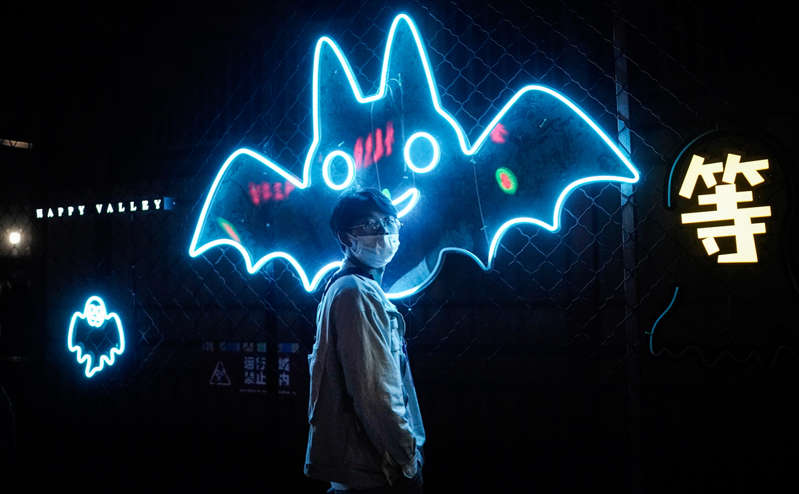
Experts interviewed by RBC differed in their assessments of the assertion of Professor Wang Lingf of the American-Singapore College of Medicine Duke-NU, who believes that the new coronavirus Sars-CoV-3 may appear after a series of mutations in the body of animals and re-transmission to humans.
The head of the laboratory for especially dangerous infections of the Federal Research Center for Fundamental and Translational Medicine, Alexander Chepurnov, in an interview with RBC, called such a development of events possible.
“The emergence of natural foci of coronavirus infection is quite likely. Whether it will return later to a person in an “improved” version is a question, ”Chepurnov emphasized.
He recalled that the virus had already been found in minks, and noted that scientists always monitor which of the viruses go into nature and how they are modified in such an environment. “Many infections are“ fed ”from natural foci. For example, marmots and fleas parasitizing them carry the same plague. From time to time it gets to a person, ”Chepurnov explained.

The likelihood that a person will transmit the current coronavirus to animals and get a new one after a series of mutations is small, Sergei Netesov, head of the laboratory of biotechnology and virology at the Faculty of Natural Sciences of Novosibirsk State University, told RBC.
“The fact is that there is no real example of such a pandemic development. And we have been living with viruses for many years. Although practically all viruses were originally transmitted to humans from animals, ”explained Netesov.
The scientist added that two kinds of coronaviruses – alpha and beta (which include Sars-CoV-2 and MERS – Middle East Respiratory Syndrome) – are infect humans, which are spread by bats and pigs. A person does not become infected with other types of coronavirus. “In theory, they can spill over to him, but so far this has not happened,” the scientist said.
Earlier, Linf said that the Sars-CoV-2 coronavirus can go to bats and, after a series of mutations, return to humans in the form of the newest Sars-CoV-3 coronavirus, the Straits Times reported.
According to Linfa's theory, a bat can become a natural reservoir for a new strain of the virus, for example, if it picks up a fruit that an infected person has not eaten. Inside their immune systems, the virus will mutate and be passed on to animals, and will be transferred back to humans.
Linf, who was a member of the emergency committee assembled by the World Health Organization (WHO) at the start of the pandemic, recalled that most scientists believed bats in Asia were carriers of Sars-CoV-2. They transmitted the virus to an unknown animal – pangolin or civet, after which people in the fish market in Wuhan became infected with it.
In March of this year, WHO named the most likely version of the Sars-CoV-2 coronavirus pandemic transmission from bats through an intermediary animal. It is possible that a person also became infected directly from a bat, according to the organization. It is unlikely that the virus was transmitted through frozen or chilled food, the organization said. A leak from a laboratory in Wuhan, which American intelligence considers a possible cause of the spread of coronavirus, is almost impossible, followed from the WHO report.
WHO is forming a new group of researchers to find out the origin of Sars-CoV-2, The Wall Street Journal reported in late September. It will include 20 people, including specialists in laboratory safety, biosecurity, genetics and experts in animal diseases. Research will be carried out in China and other countries.

